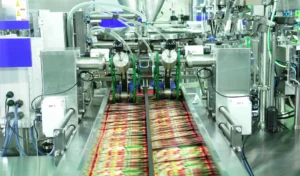Put your hands up if you’ve ever dealt with rat or mouse issues! These pesky rodents can chew through your vehicle and tractor wires, leave behind unsanitary droppings in animal feed, spread diseases, and lead to costly repairs. Don’t procrastinate until winter sets in to address this infestation! Discover 3 essential steps for the rodent control in your sheds, barns, and farms right away to prevent these headaches and save a substantial amount in the future.
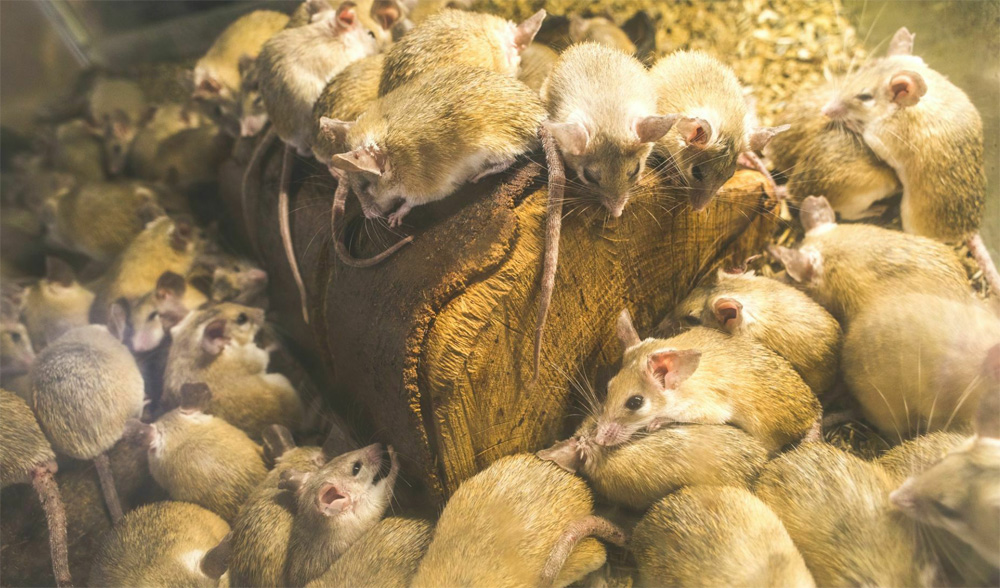
Even though they typically remain concealed, rodents are a significant concern and should not be dismissed with an “out of sight, out of mind” attitude. The United States Department of Agriculture (USDA) reports that rodents cause over $2 billion in damage to animal feed annually. But that’s not all they can do:
- As is common knowledge among farmers, rodents have a tendency to gnaw through the electrical wiring of tractors, trucks, automobiles, and various other equipment, leading to costly repairs.
- Rats and mice are known to nibble on the structural supports within buildings. Their teeth continuously grow, compelling them to chew on just about anything they encounter. Damage to live wiring within structures can potentially lead to fires, a situation that should be adamantly prevented.
- Urine and feces from rats and mice can pollute the feed for horses, chickens, goats, and other animals. This not only results in feed wastage and financial costs but also facilitates the spread of diseases among animals through contamination.
- Mice and rats exhibit messy eating habits and end up spoiling a considerable amount of food, far exceeding what they actually consume. In as little as six months, even with just two mice present inside a barn, they can consume as much as four pounds of grain and leave behind as many as 18,000 droppings.
- It’s important to remember that these sheds, barns, and farms can also harbor vermin that pose a health risk to the humans who frequent them. These pests are prolific carriers of diseases such as bubonic plague, leptospirosis, rabies, and bacterial food poisoning.
Identifying the Issues
- Rodents are typically less active during the daytime; they tend to start foraging shortly after nightfall, with the majority of their food gathering happening before midnight. Employ a strong flashlight to inspect dark areas for indications of their presence and to identify these creatures after nightfall.
- Rodent droppings serve as a clear indicator of their presence. Rat droppings are roughly the size of a black bean (approximately 3/4-inch), while mouse droppings are black or dark brown and about the size of a grain of rice (approximately 1/8-inch). You’ll typically find these droppings where rodents rest or pause to feed. Fresh droppings are dark black, may appear moist, and possess a putty-like texture. After a few days, they become dry, hard, and take on a dull appearance.
- Rodent footprints often manifest as slender, well-trodden paths etched through dust and dirt. Rats frequently follow consistent routes—along walls, fences, or beneath bushes—night after night. In some instances, rats may leave a tail dragline within their tracks. To investigate, scatter talcum powder around areas where you suspect rodent activity, then revisit the location a couple of days later to look for footprints and telltale tail marks in the powder. To make the tracks more visible, shine a flashlight at a low angle, casting distinct shadows.
- Rats’ teeth continuously grow, necessitating constant gnawing on hard surfaces to wear down their incisors. Inspect for signs of chewing near pipes within floors and walls, as well as on door edges, siding, floor or ceiling beams, boxes, wires, and tacks.
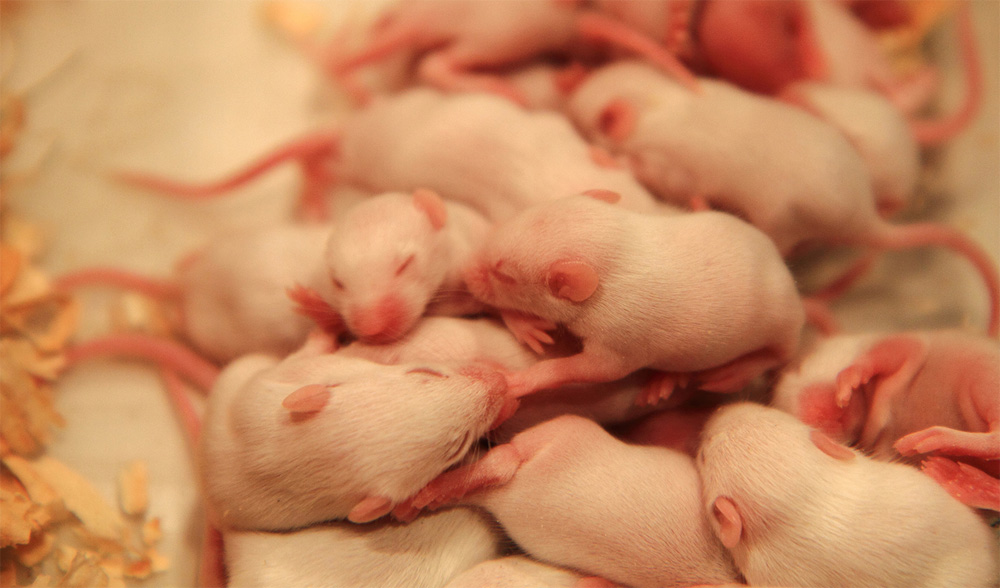
An important task of rodent control is to control the population growth of mice and rats. If rats or mice are visible during daylight hours, it suggests the presence of a well-established population. As a general guideline, for every one of these rodents spotted around barns, sheds, or poultry houses, there may be 25 to 50 more lurking unseen.
Thankfully, rats typically stay within a 100-foot radius of their home base, while mice tend to limit their travels to distances of 10 to 30 feet.
Don’t delay in tackling a rodent issue! Rats and mice reproduce at an astonishing rate. A lone female mouse can give birth to as many as 56 offspring annually. Norwegian rats, on average, have between four to eight offspring per litter and can have 4 to 6 litters each year.
3 Steps to Eliminate Rats and Mice
1. Secure Your Shed, Barn and Farm Against Rodents
Rodent-proofing is a demanding but essential task in rodent control. House mice can squeeze into gaps as tiny as a dime, while rats have the ability to flatten themselves and wriggle through openings as narrow as a nickel.
Block Any Access to Shelter
- Examine all the walls thoroughly, particularly where pipes, wires, cables, and power lines pass through or exit the structure, and be vigilant for any openings or fissures.
- Close off any gaps in the walls, foundation, and roof seams using materials like concrete, sheet metal, or 1/4-inch hardware cloth. You can also consider copper wool as a temporary fix (avoid using steel wool as it corrodes rapidly when exposed to moisture).
- If your walls are made of corrugated metal, ensure that the seams are securely sealed.
- Inspect the condition of attic and foundation vents, and consider covering them, along with dryer vents, using 1/4-inch wire screen mesh or installing readily available vent guards. Be sure to screen basement drains, and if a drain is no longer in use, seal it securely.
- Install spark arrester screening over the chimney top.
- Apply a sealing gasket to the lower edge of the garage door, and carefully inspect both ends for any gaps before sealing them as well.
- Ensure barn and shed doors are closed during the night. Use metal flashing or hardware cloth to cover the lower portions of doors susceptible to gnawing, making sure the openings are no wider than 1/4 inch.
- Trim back ornamental shrubs near the house, leaving at least an 18-inch clearance from the ground.
- Trim and prune overgrown vines like English ivy, as rats often use them for climbing and hiding.
- Trim tree limbs that extend over the roof. Prune branches that are at least 4 feet away from utility lines entering structures (or contact the utility company for assistance).
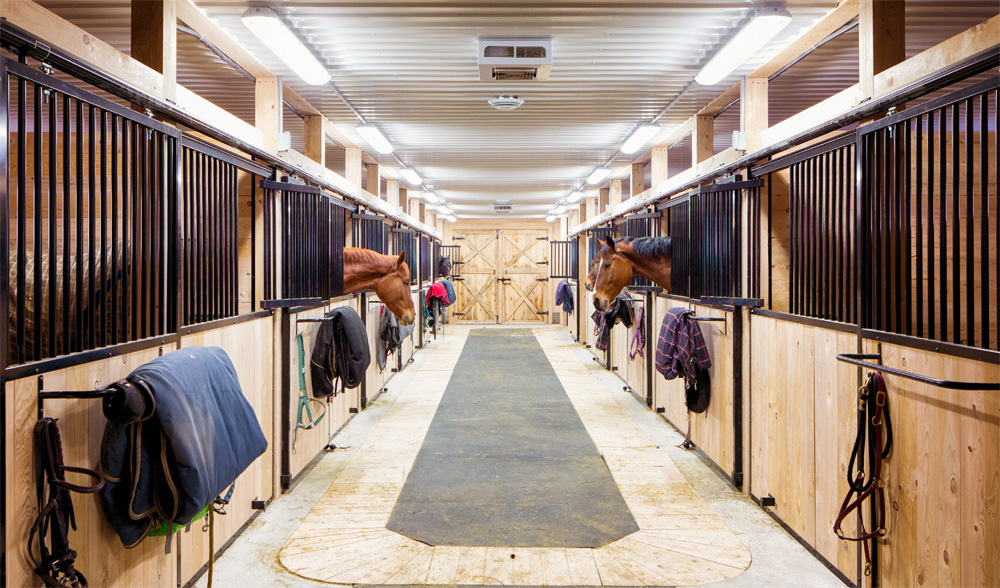
2. Clean and Sanitize the Space
A key component of an efficient rodent control plan includes denying access to food and water, and maintaining cleanliness in your structures to eliminate readily available shelter options.
- Store ALL food, especially feed for horses, chickens, pets, and other animals, in rat-resistant buildings, compartments, or containers. Metal cans are the most effective option, as rats can easily chew through plastic.
- Ensure that garbage is placed in cans with securely fitting lids to prevent larger animals like raccoons, opossums, and skunks from rummaging through and scattering it.
- Water can also be a magnet for rodents. Rats, in particular, rely on a steady supply of water when their diet lacks sufficient liquids. It’s crucial to inspect your water pipes, faucets, and hoses for leaks, and be vigilant for damp patches on the floor, which could signal a roof leak. Avoid leaving buckets or troughs with stagnant water and take steps to block access to other sources of groundwater.
- Prevent the accumulation of hay bales, feed bags, construction materials, or items that could serve as ideal hiding spots for rodents. Stack wood or other materials at least one foot away from walls or fences and keep them raised a minimum of 12 inches above the ground, using pallets if needed. Consider using containers or establishing designated storage shelves and hooks for items like feed, tack, and tools.
- Promptly remove any food spillage, debris, dirt, and trash from both inside and around structures.
- If you have fruit trees, pick the fruit when it’s ripe and promptly remove any fallen fruit from the ground.
- Exclude food scraps from compost piles unless you can securely cover the compost with a mesh-screened lid.
- Provide both food and water to pets indoors, and ensure you clean up any outdoor pet droppings, which rats may consume.
- Utilize rodent-proof bird feeders equipped with baffles, similar to what you’d use for deterring squirrels. Birdseed tends to attract rats around buildings, so it’s important to promptly clean up any spilled seed on the ground.
- Regularly inspect for deceased rodents and promptly dispose of them. Use gloves to handle them, place the carcass in a double bag, and then discard it in a secure outdoor trash container.
3. Safely Lower the Rodent Population
When rat issues persist, it’s almost always essential to implement some form of population reduction, such as trapping or baiting. Regrettably, methods like ultrasonic sounds or other sound and motion deterrents do not discourage rats for your rodent control endeavor. Moreover, long-term repellents are generally not genuinely effective. Here are several solutions to consider. (Remember, none of these methods will be effective if you neglect rodent-proofing and sanitation, as outlined above!)
1. Cats: Having a barn cat can be a beneficial measure for controlling rats and mice, but it’s most effective when dealing with a minor rodent problem. However, it’s worth noting that cats can sometimes inadvertently bring rats and mice from fields into barns, potentially introducing diseases. Additionally, outdoor roaming cats may also harm songbirds, chipmunks, snakes, lizards, and young rabbits and squirrels, aside from addressing the rodent issue. Some cats may even opt for easier prey after tangling with an adult male rat.
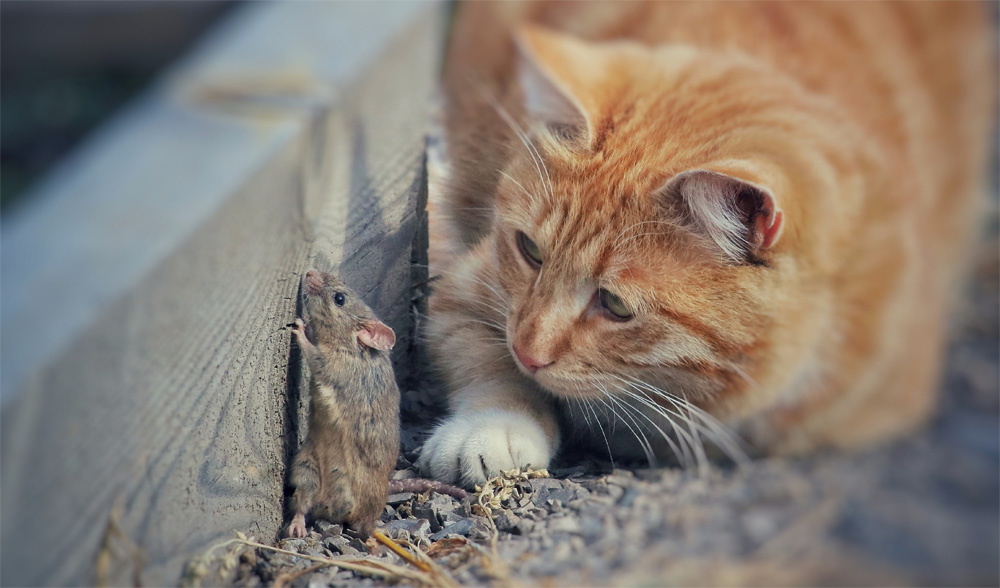
2. Traps: Humane mouse traps provide an instant, humane death to the mouse. Live traps are discouraged due to the challenges of dealing with trapped rats, either requiring their euthanization or relocation, which may be illegal in rodent control. When using a humane mouse trap, strategic placement is crucial, often requiring experimentation. Rats and mice tend to favor paths with a stationary object on one side, so rearranging objects to create narrow pathways along walls or guiding rodents through tight tunnels is essential. Deploying multiple traps is also key to ensuring a quick and effective trapping process because rodents can become wary after a trap has been triggered. It’s important to note that traps are unsuitable for outdoor use as they can accidentally harm chipmunks, raccoons, songbirds, pets, or other animals. Additionally, traps are ineffective in dusty environments, making them a less suitable choice for barns.
3. Rodenticides: The most efficient approach for reducing the rodent population is the use of rodenticides, although we consider this a last resort due to their high toxicity. Unlike older, first-generation baits that often required several days to take effect, modern baits act quickly, often requiring just one dose. This allows for more targeted and controlled application. Furthermore, with leading second-generation baits, most of the active ingredients are excreted, reducing the risk of pets or wildlife being harmed if they consume a poisoned rat. It’s worth noting that first-generation rodenticides like warfarin are now ineffective against Norway rats due to resistance.
Safety should always be the foremost consideration when working with baits.
- Pay close attention to and adhere to all instructions provided on the label.
- For safety and convenience, opt for pre-packaged commercial baits that come in no-touch pellets or bars. Avoid making your own bait.
- Avoid deploying baits in close proximity to livestock or poultry.
- Use these products only in areas where rodents are less likely to be targeted by wildlife predators.
- Ensure that poison baits are positioned out of reach of children, pets, and any unintended animals.
We trust that the above 3 steps outlined provide you with the necessary information to formulate a plan for your rodent control activity. Rodent control is a perpetual task for individuals with farms, barns, and animals, but proactive measures can effectively manage the associated costs.
Feel free to visit Safe-Killer anytime for rodent control solutions including efficient and safe mouse repellents and physical mouse control tools. We are at your side when it comes to pest control in shed, barn and farm.

